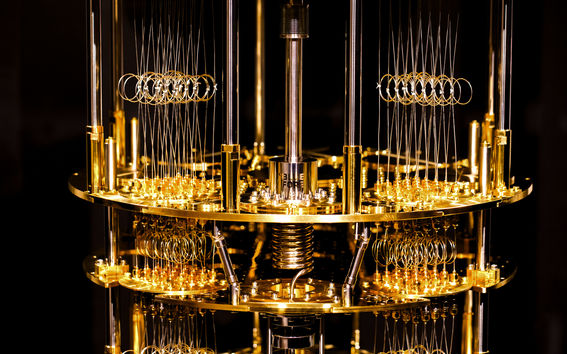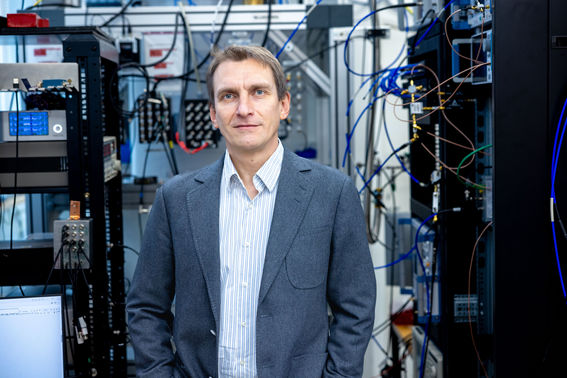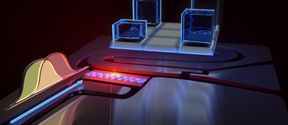In the pitch dark of the cosmos lurks an invisible kind of matter. Its presence is seen in the rippling ebb and flow of galaxies, but it’s never been directly observed. What secrets lie beneath the surface, brewing in the deep?
Physicists have long theorized about the composition of dark matter, which is thought to be five times more abundant than regular matter. Among competing hypotheses, one particle has emerged as a promising candidate: the axion.
Researchers at Aalto University are setting out on a six-year project to find evidence for the existence of axions. They will do so as part of a newly founded consortium called DarkQuantum, alongside researchers at the University of Zaragoza, who are coordinating the project, as well as researchers at the French National Centre for Scientific Research, Karlsruhe Institute of Technology, and other partner institutions.
This new consortium will be the first to use the latest quantum technologies to build sensors with unprecedented scanning sensitivity. DarkQuantum was awarded €12.9 million on October 26 by the European Research Council, of which roughly €2 million is set aside for Aalto University Senior Lecturer and Docent Sorin Paraoanu and his Superconducting Qubits and Circuit QED (KVANTTI) research group.
‘We are peering into a deep, dark pit. If it exists, the axion goes beyond the standard model of elementary particles,’ Paraoanu says. ‘Such an observation would be comparable in significance to the Higgs boson discovery in the early 2010s. But at least with the Higgs boson, they knew where to start looking!’
‘The nature of dark matter is one of the biggest mysteries in modern science,’ adds University of Zaragoza Professor Igor Garcia Irastorza, who also heads the DarkQuantum consortium. ‘If dark matter is made of axions, we have a real chance of detecting it with this project.’
Although there have been attempts to observe axions in the past, this latest endeavor will capitalize on quantum phenomena to enable researchers to better filter out noise and repeat their experiments with greater fidelity. That’s where Paraoanu and his team come in.








